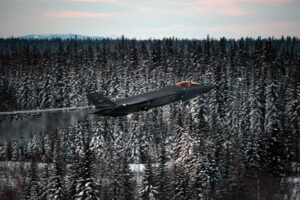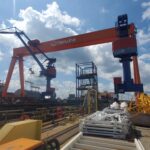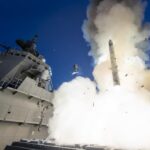
Russia’s military posture in the Arctic region is becoming more offensive-based while the U.S. government sees it largely as rebuilding former Soviet capabilities, participants in a think tank panel said on Thursday. “The Russian posture has also become more offensive. We have in recent years experienced examples of aggressive Russian behavior. Through simulated attacks, aggressive operations during the NATO exercise…Trident Juncture, and GPS jamming that has affected the civilian air traffic in the northern part of Norway,” Capt. Egil Vasstrand,…

 By
By 











